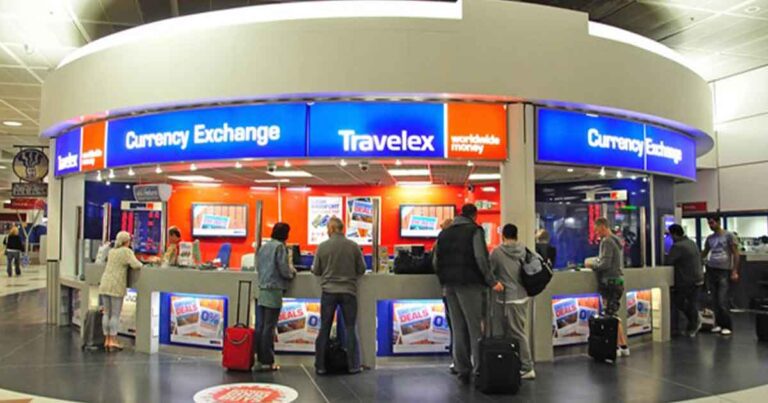Transactions where the payer and the recipient are from different countries are known as cross border transactions. Such transactions can be made by companies or individuals who need to transfer money to some other country. Moreover, cross border transactions are meant to assist businesses in tailoring their global commerce strategy. By providing consumers across the …














